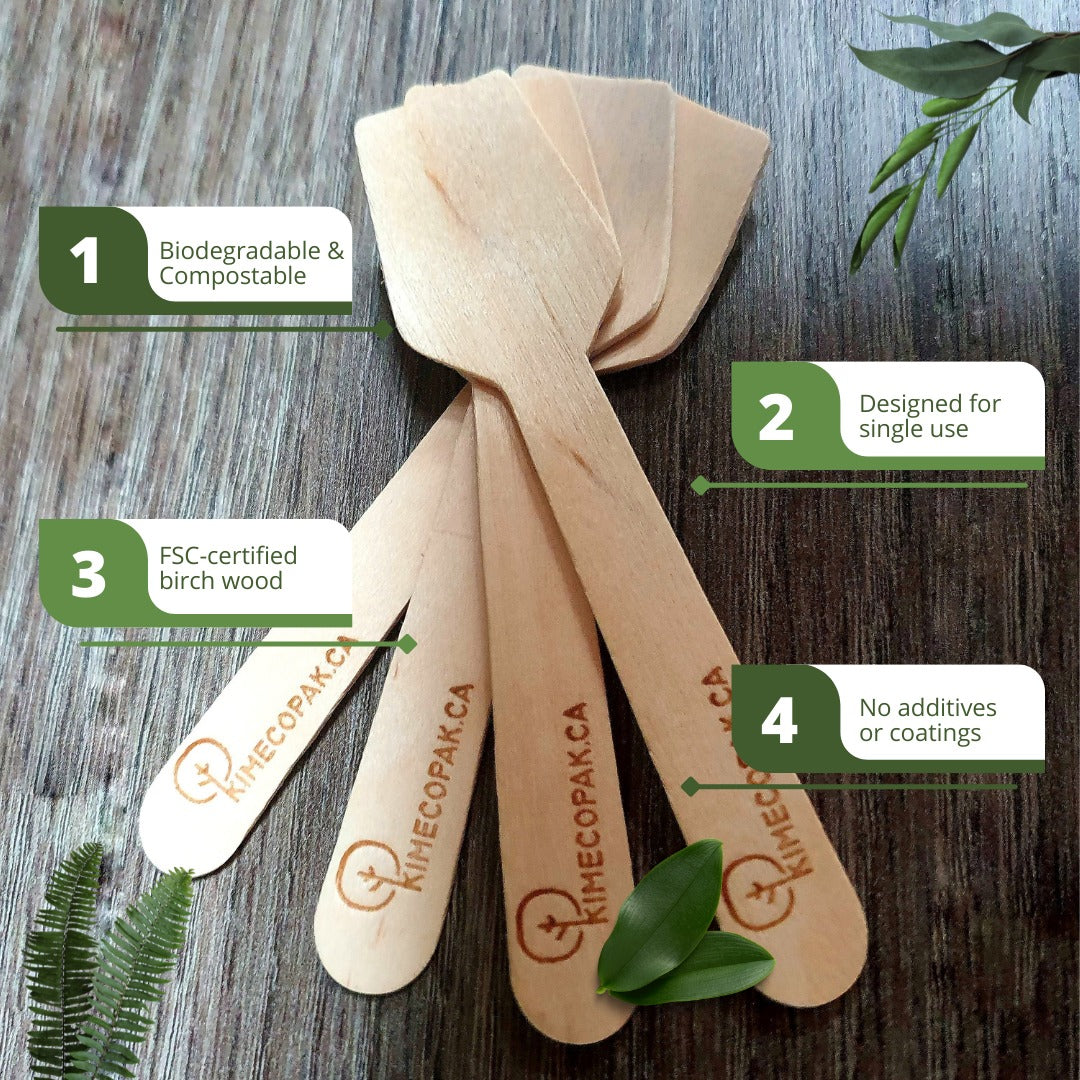Let’s discover the vibrant world of beetroot chutney. This versatile condiment offers a delightful blend of sweet, tangy, and savory flavors. Explore its culinary applications, nutritional benefits, and techniques for creating the perfect chutney in today’s article.
- Chutney: What Is It, Common Chutney Recipes & What Is Chutney Served With?
- What Is The Difference Between Chutney And Pickle?
- How to Make Tomato Chutney? How Long Does Tomato Chutney Last?
Beetroot Chutney Overview
What is Beetroot Chutney?
Beetroot chutney is a flavorful condiment made from beets, sugar, vinegar, and spices. It offers a unique combination of sweet, tangy, and earthy flavors. Beetroot chutney is often served as a side dish, topping, or ingredient in various dishes.
Origins of Beetroot Chutney
While the exact origins of beetroot chutney are debated, it is believed to have originated in Indian cuisine. Chutneys, in general, have been a staple in Indian food culture for centuries. The addition of beets to chutneys is likely a result of the availability and versatility of this root vegetable.
Popularity of Beetroot Chutney
Beetroot chutney has gained popularity worldwide, appreciated for its distinctive flavor and nutritional value. It is particularly popular in regions with a strong Indian culinary influence. The growing interest in healthy and flavorful condiments has also contributed to its rising popularity.
Flavor Profiles and Culinary Applications
Beetroot chutney offers a diverse range of flavors, catering to different tastes. From classic sweet, sour, and savory combinations to modern variations like spicy, tangy, or smoky, there's a beetroot chutney to suit every palate. They are explained as below
Classic Beetroot Chutney
Traditional beetroot chutney strikes a harmonious balance between sweet, sour, and savory elements. The sweetness is typically derived from sugar or honey, while the tanginess is provided by vinegar or lemon juice. The earthy and slightly bitter notes of the beets are complemented by a blend of spices, such as cumin, coriander, and mustard seeds.

Modern Variations
Beetroot chutney has evolved to incorporate a variety of modern adaptations. Some variations are spicier, featuring chili peppers or hot spices. Others are tangier, with a stronger emphasis on vinegar or citrus. Smoky chutneys are achieved by adding ingredients like smoked paprika or liquid smoke.
Pairing Suggestions
Beetroot chutney pairs well with a wide range of dishes. It can be enjoyed as a side dish with grilled meats, fish, or curries. It also makes a delicious topping for sandwiches, burgers, and salads. For a more adventurous pairing, try beetroot chutney with cheese platters, charcuterie boards, or even cocktails.
Culinary Techniques and Ingredients
The preparation of beets is a crucial step in creating a delicious beetroot chutney. Beets can be peeled, chopped, or grated to achieve different textures. Peeling can be done manually or with a vegetable peeler. Chopping or grating allows for finer or coarser textures, depending on your desired consistency.
Cooking Techniques
There are several methods to cook beets for chutney. Boiling is a simple and effective way to soften the beets. Steaming preserves more nutrients and can result in a slightly sweeter flavor. Roasting imparts a smoky and caramelized flavor to the beets. The chosen cooking technique can significantly influence the final taste and texture of your chutney.
Key Ingredients
Beetroot chutney is typically made with a combination of key ingredients:
- Beets: The star of the show, providing a sweet, earthy flavor.
- Sugar: Adds sweetness and balances the acidity.
- Vinegar: Provides tanginess and helps to preserve the chutney.
- Spices: Commonly used spices include cumin, coriander, mustard seeds, and chili powder.
- Optional additions: Other ingredients that can be added for additional flavor or texture include ginger, garlic, lemon juice, or honey.
Quality Considerations
Using fresh, high-quality ingredients is essential for creating a truly exceptional beetroot chutney. Choose vibrant, firm beets with smooth skin. Opt for natural sweeteners like sugar or honey, and use a good quality vinegar. Fresh spices will provide the most intense flavor. By selecting the best ingredients, you can elevate the taste of your chutney.

Nutritional Benefits and Health Considerations
Health Benefits of Beets
Beets are packed with essential nutrients that offer various health benefits:
- Vitamins and minerals: Beets are a good source of vitamins A, C, and K, as well as minerals like potassium, manganese, and copper.
- Antioxidants: Beets contain antioxidants like betalains, which have been linked to various health benefits, including reducing inflammation and improving blood flow.
- Nitrate content: Beets are naturally high in nitrates, which can be converted into nitric oxide in the body. Nitric oxide helps to improve blood flow and lower blood pressure.
Dietary Considerations
While beetroot chutney is generally safe for most people, it's important to be aware of potential dietary restrictions or allergies:
- Gluten: Beets themselves are gluten-free, but be cautious of any added ingredients that may contain gluten, such as soy sauce or Worcestershire sauce.
- Sugar: If you're watching your sugar intake, you can adjust the amount of sugar or use natural sweeteners like honey or maple syrup.
- Vinegar: Some individuals may have sensitivities to vinegar. If you're concerned, you can experiment with different types of vinegar or use lemon juice as an alternative.
Conclusion
Beetroot chutney, a versatile condiment, offers a unique blend of flavors. From traditional to modern variations, it can enhance any dish. By understanding culinary techniques, ingredients, and nutritional benefits, you can create your own delicious versions. Whether you're a chef or a home cook, exploring beetroot chutney is a rewarding culinary journey.







